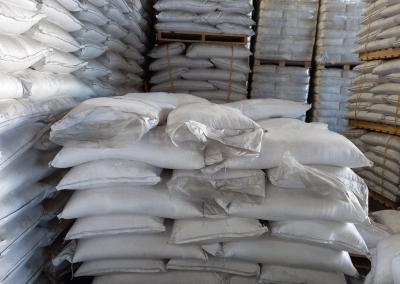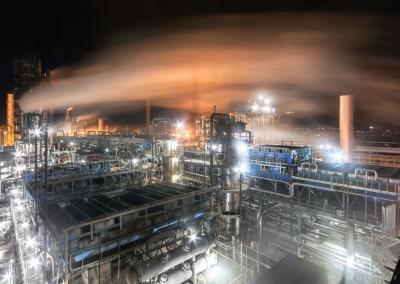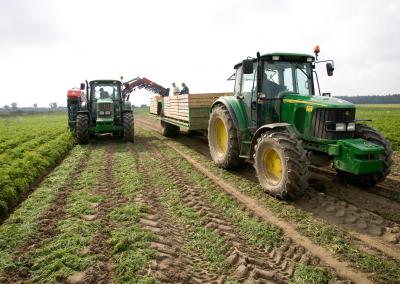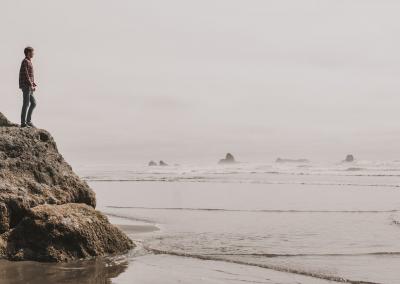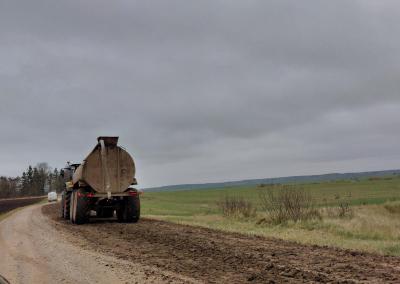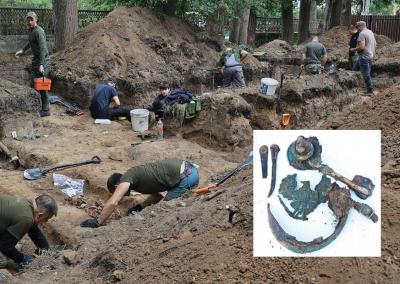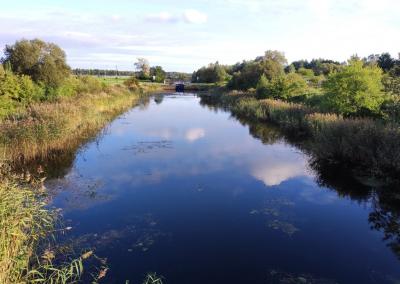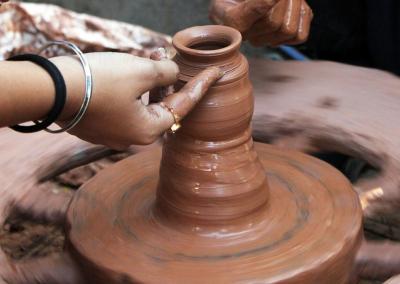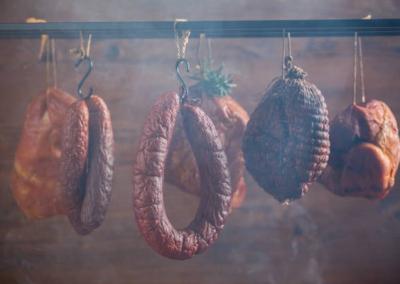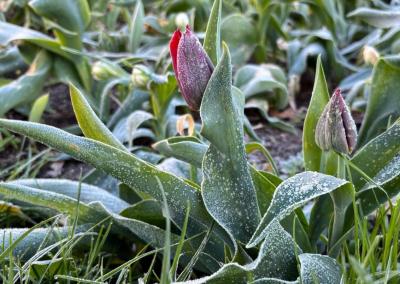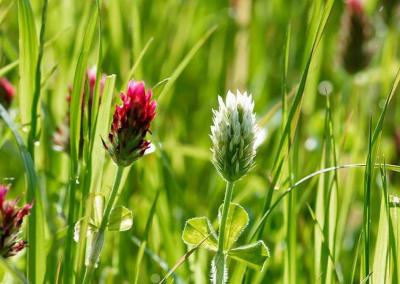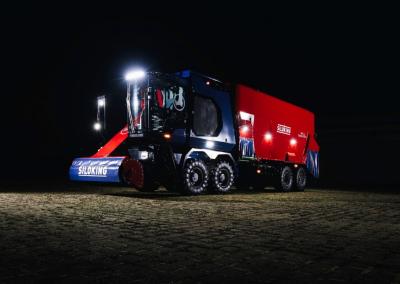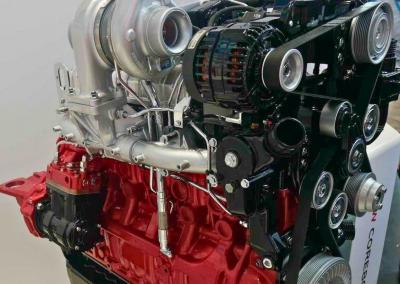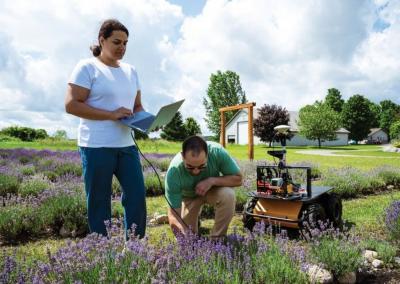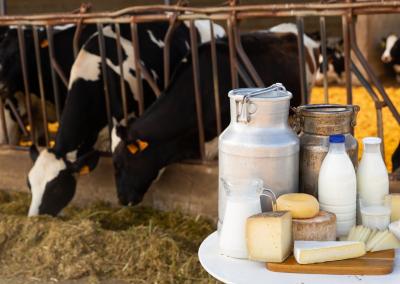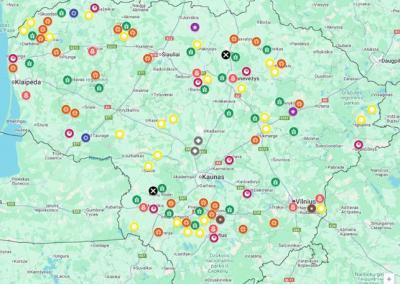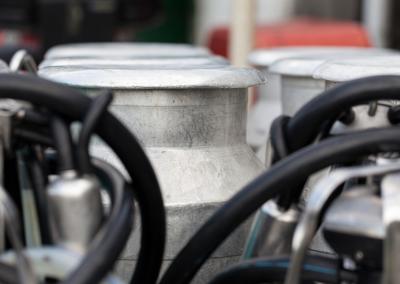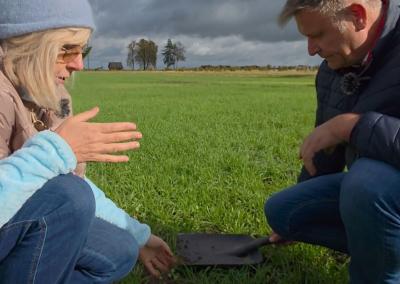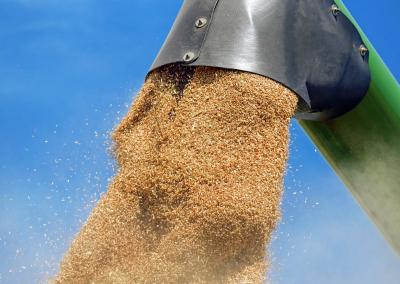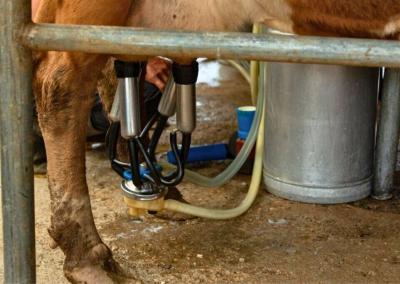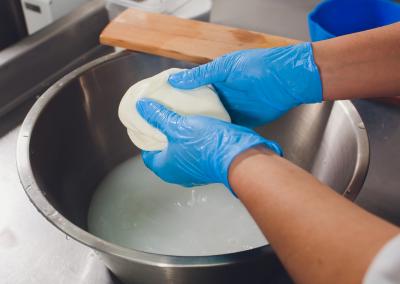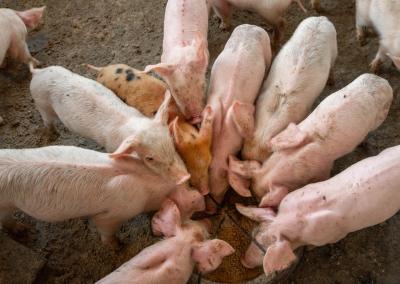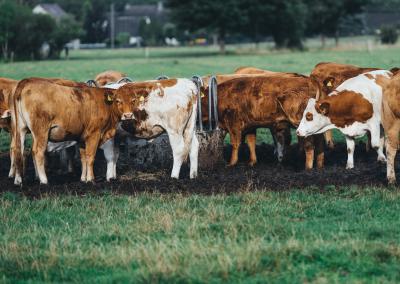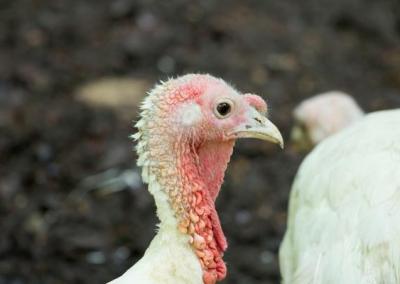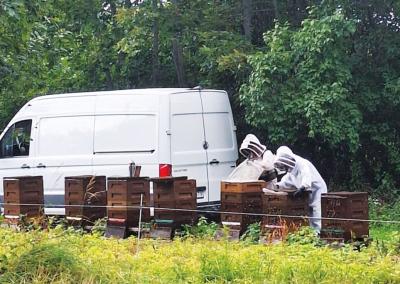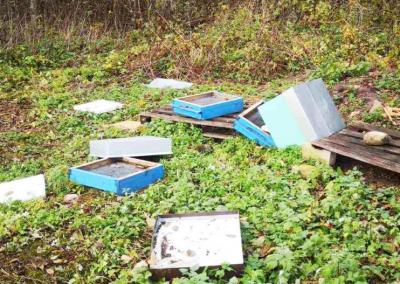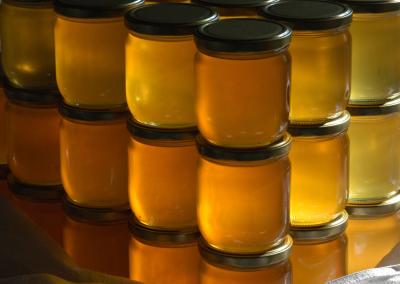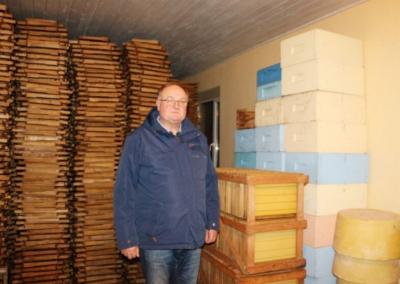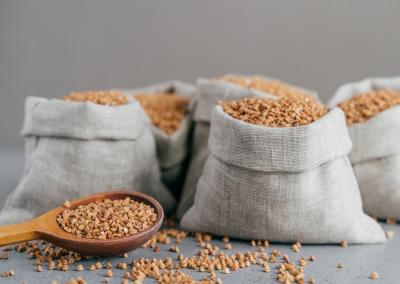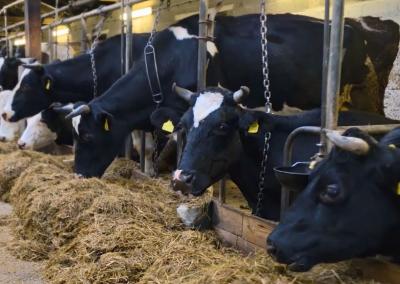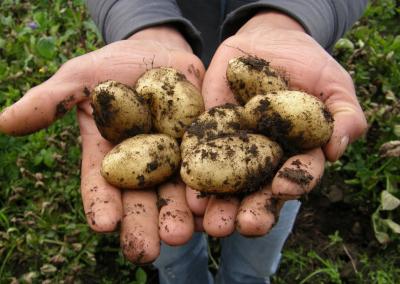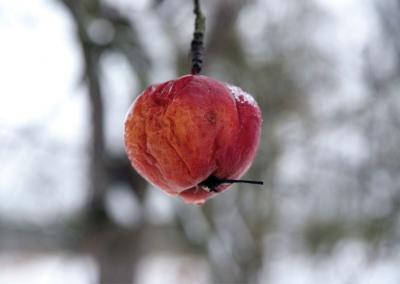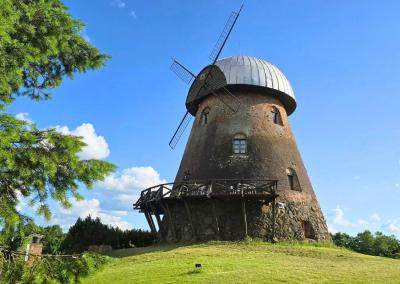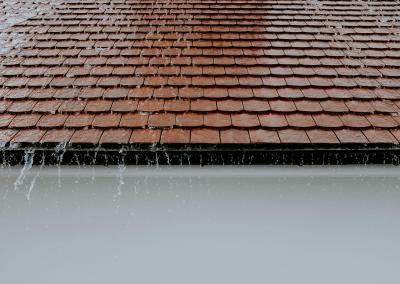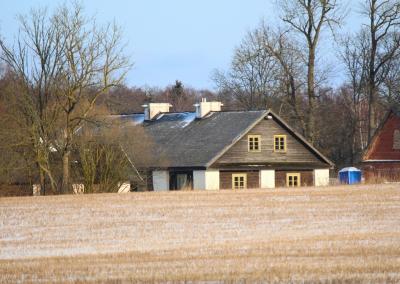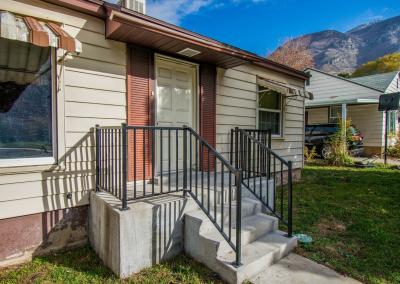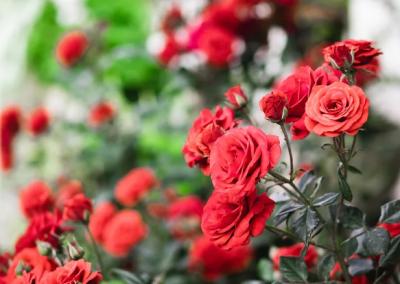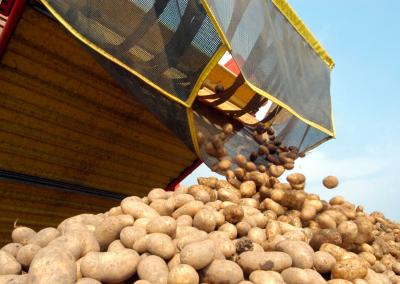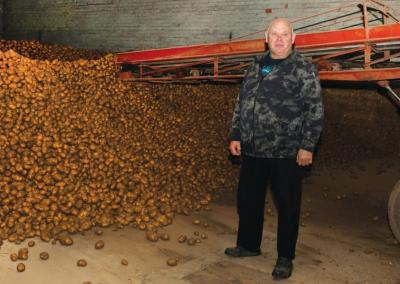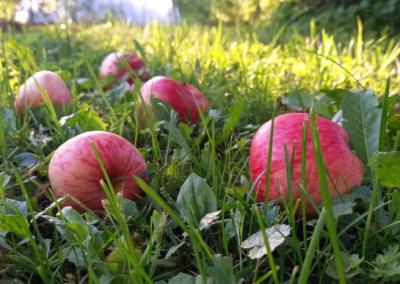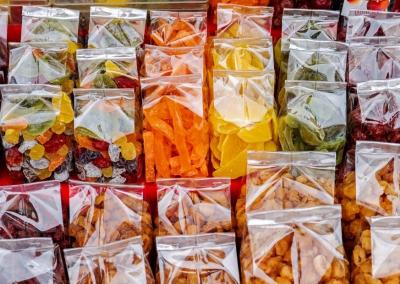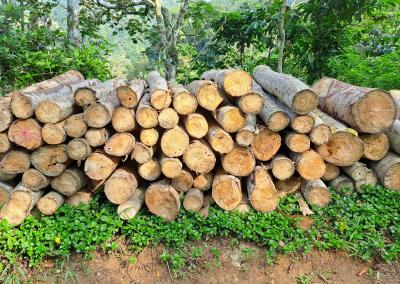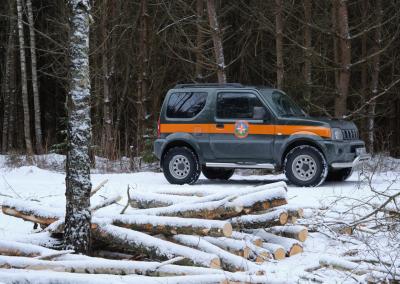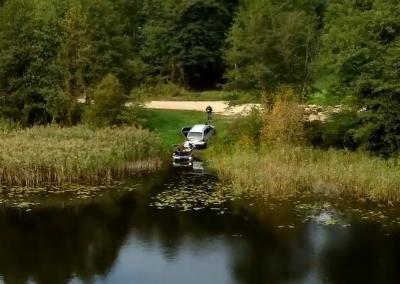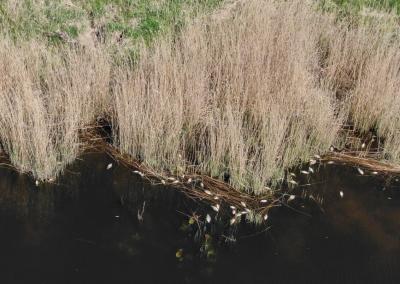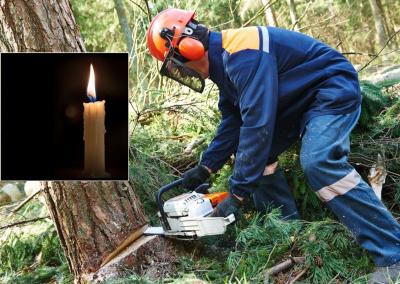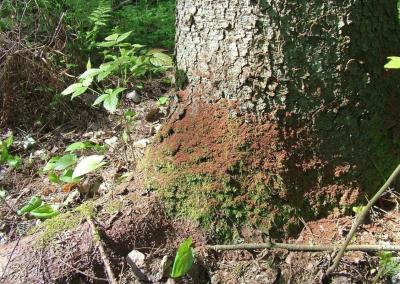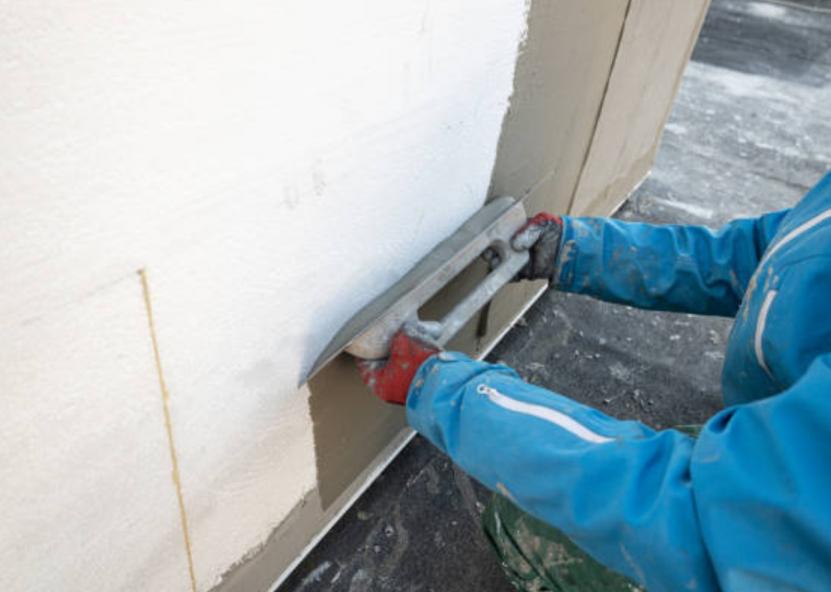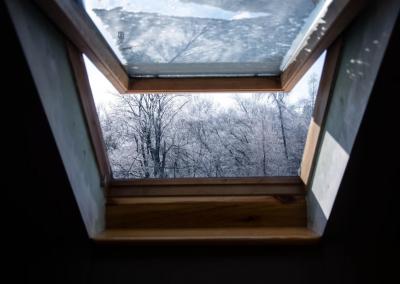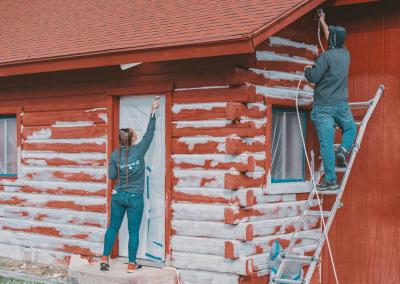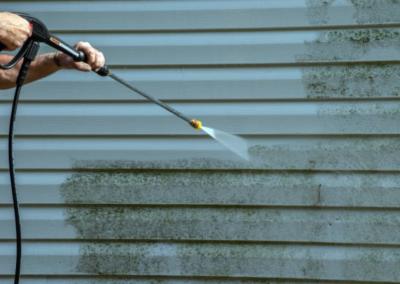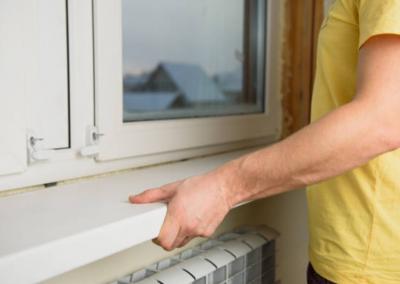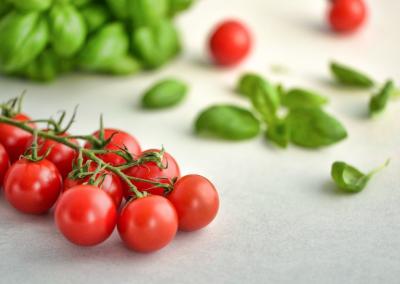Plastering outdoors in winter
Winter brings a slight reduction in outdoor construction work, and it's not always possible to get plastering work done outdoors in time for the onset of frost. However, with the right tools and recommendations, plastering can continue even when temperatures drop to +5°C, and in some cases even in much colder weather. Let's find out how to work efficiently with plaster outdoors in autumn and winter to ensure the reliability and durability of the plaster coat.
Plastering below +5°C
When plastering outdoors in cold weather, it is recommended to use factory-made anti-freeze additives. These prevent the plaster mix from freezing and promote proper setting. It is important to follow the instructions and take into account the composition of the mix: a bag of plaster usually contains 4 kg of cement, so the exact dosage of the additives is very important for a predictable result. Plaster without plasticisers is not suitable for cold weather as it does not harden but freezes. As a result, the plaster will subsequently fall off the wall surface when the weather warms up in the spring.
Plasticiser additives slow down the evaporation of moisture and increase the mobility of the mix. This increases the curing time of the layers. And while in summer the mix hardens in a day, in cold weather the first layer hardens in 3 days and the second layer in 3-4 days. These characteristics must be taken into account when planning the timing of outdoor plastering works.
Also, the permissible standards for winter work should be considered. They are few in number, but each is important. The permissible humidity and air temperature must be taken into account. The humidity level must not exceed 8% and the fresh plaster mix must not be colder than +8°C. It is also worth plastering all openings in the room. It is important to bear in mind that draughts in the room will adversely affect the quality of the plaster layer in the future. It is not advisable to use hot water to remove ice from walls or to accelerate the heating of frozen walls.
Plastering at temperatures below -5° C
In extreme cold, even antifreeze additives may not be sufficiently effective and efficient when temperatures drop below -5° C. In such cases, heaters and other heat emitting equipment may be useful - but again not always, depending on the type of plaster.
For example, lime plaster requires minimal carbon dioxide. In this situation, accelerated drying of lime plaster is prohibited as the mixture will lose strength and crack. Gypsum-based plaster dries in approximately 7 days. Ventilation of the room is necessary for gypsum plaster, but the main thing is not to create draughts. That is, a slightly open window is sufficient in winter. Cement plaster takes about 14 days to dry and does not require additional ventilation. It needs slightly more humid air.
Covering the plastered façade with films and maintaining the optimum temperature allows plastering to continue below -5° C, but will require additional resources and costs.
Chlorinated water added to the plaster mix allows plastering to be carried out outdoors at temperatures as low as -25˚C. It can also be used for plastering masonry walls without the need to apply thick layers.
Lime plaster can be diluted with ammonia water. For outdoor temperatures below -15˚C, the lime plaster mix should be between +2-3º C.
Potassium carbonate may be added to cement and cement-lime plaster. The amount of potassium carbonate to be added shall be calculated according to the air temperature. At -5˚ C, 1% potassium carbonate is sufficient. At temperatures below -5˚ C, it is recommended to introduce more than 1.5%.
When to postpone field work until spring
Sometimes it becomes impossible to complete all projects in winter. Sometimes postponing work to the warm season becomes a more cost-effective and practical solution. However, if you have the possibility to use plasticisers and heating equipment, this will allow you to carry out the plastering work efficiently, even in the cold season, while maintaining the quality of the work. The choice of method depends on the plaster and the weather conditions.

